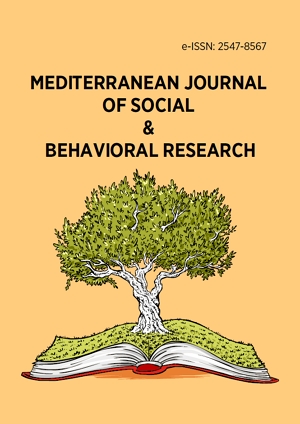Abstract
The purpose of this study was to explore the relationship between students’ perception, interest and mathematics achievement using purely quantitative approach. The research design used was descriptive survey. The study adopted purposive and simple random sampling techniques to choose a sample of 232 senior high students. The instruments used were questionnaires for measuring students’ perception and interest and achievement test. The results were analysed using descriptive and inferential statistics. The results revealed that students had negative perception towards mathematics and positive interest towards mathematics. Also, the results revealed that student’s interest and perception significantly predicted students’ achievement in mathematics. Again, a positive, moderate and significant relationship was recorded between students’ interest and achievements in mathematics. Furthermore, there was a positive weak correlation between students’ perception and achievement in mathematics which is also significant. Finally, weak positive significant correlation was recorded for the relationship between students’ perception and interest towards mathematics.
Keywords
License
This is an open access article distributed under the Creative Commons Attribution License which permits unrestricted use, distribution, and reproduction in any medium, provided the original work is properly cited.
Article Type: Research Article
MEDITERR J SOC BEH RES, Volume 6, Issue 1, February 2022, 13-20
https://doi.org/10.30935/mjosbr/11491
Publication date: 03 Jan 2022
Article Views: 5388
Article Downloads: 14429
Open Access References How to cite this article
 Full Text (PDF)
Full Text (PDF)